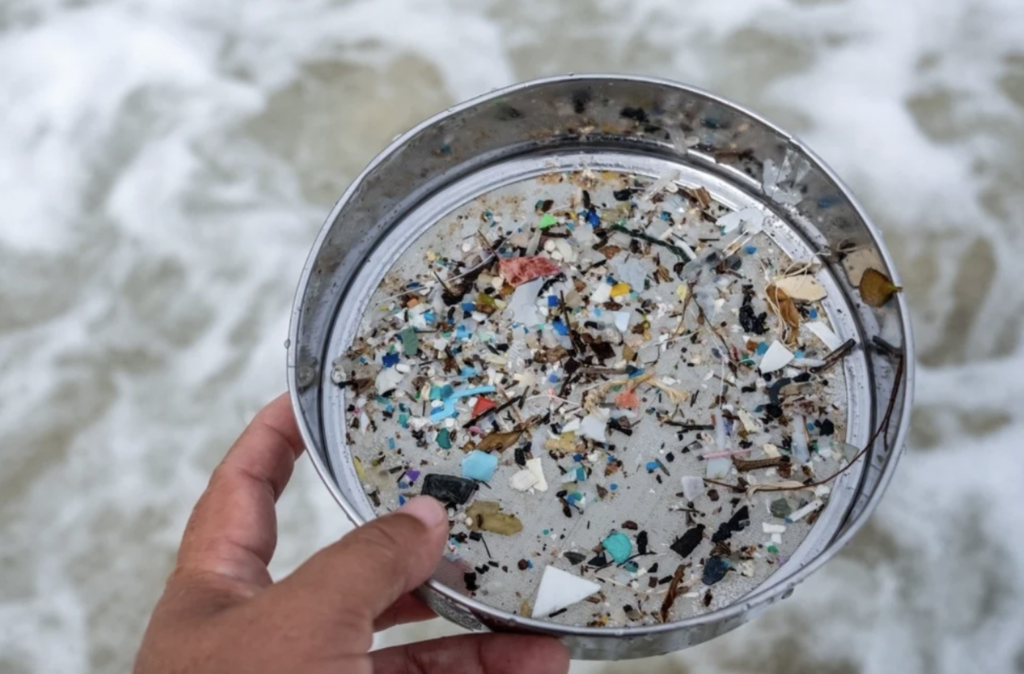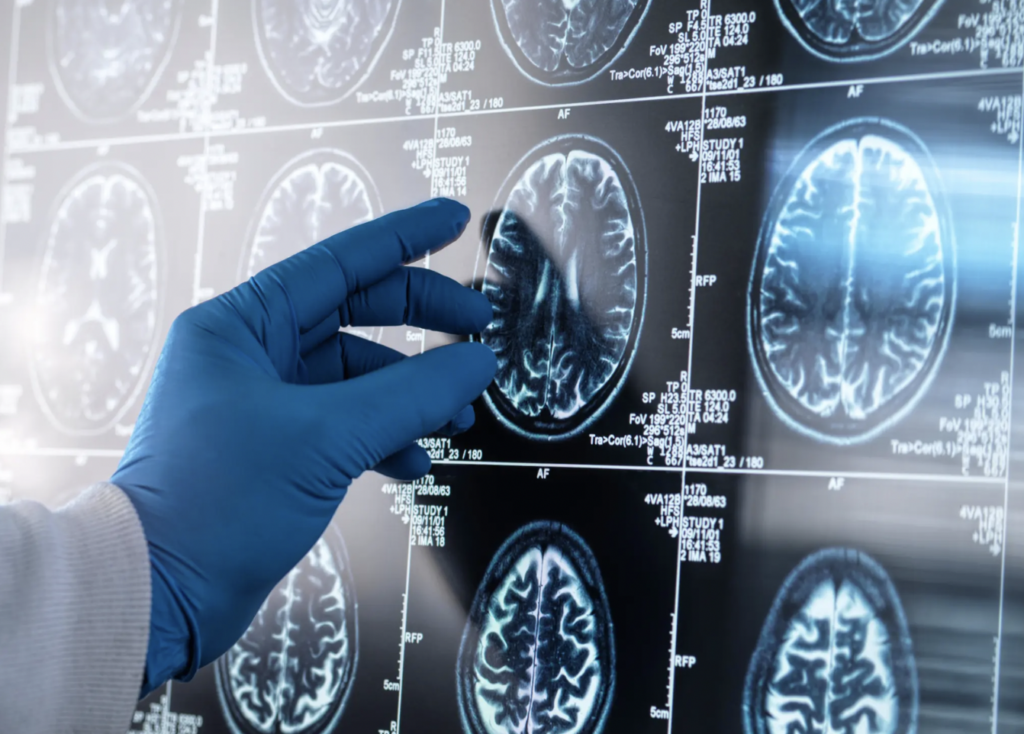
Microplastics—tiny fragments of plastic less than five millimeters in size, and even smaller nanoplastics—have become a ubiquitous feature of our modern world. Once considered an issue confined to ocean debris, we now know that these particles have infiltrated every corner of the environment and even our own bodies. In this post, we’ll explore where microplastics have been found—from water and air to remote mountain peaks—and examine the emerging evidence of their presence in human tissues, as well as the potential negative health effects.
Microplastics in the Environment
Water, Air, and Beyond
Microplastics have been detected in virtually every environmental matrix. They contaminate our oceans, rivers, and lakes, where they enter the food chain through marine life and freshwater organisms. Studies have documented their presence in drinking water and even in rain and snow—demonstrating that no corner of the planet is exempt from plastic pollution. For example, researchers have found microplastics in remote regions like the high peaks of mountains and even in clouds, highlighting the capacity for these particles to be transported by wind over vast distances.(Source: weforum.org)
Airborne microplastics, including microscopic fibers shed from synthetic textiles and the breakdown products from car tires and other urban sources, have been detected in both indoor and outdoor environments. A study measuring microfibers in urban dust reported that these plastic particles can accumulate in the air we breathe, potentially traveling from city centers to even the most isolated regions.(Source: vox.com) Additionally, microplastics have been found in soil and agricultural lands, often as a result of contaminated wastewater or atmospheric deposition. Even our food can be a source of microplastic exposure—sea salt, for example, often contains plastic particles derived from ocean pollution. (Source: en.wikipedia.org)
The Ubiquity of Microplastics
From the convenience of our packaged foods to the cosmetics we apply daily, microplastics are everywhere. Studies have shown that the average person may ingest tens of thousands of microplastic particles each year—not to mention those we inhale in dust and air. (Source: pmc.ncbi.nlm.nih.gov)
With plastic production continuing to rise exponentially, the problem is only growing more severe. As environmental contamination increases, so does the likelihood that these tiny particles will continue to infiltrate our ecosystems.

Microplastics in the Human Body
Evidence of Infiltration
Until recently, scientists believed that microplastics were primarily an environmental issue. However, groundbreaking research has now revealed that these particles are present in human tissues. Microplastics have been detected in human blood, the placenta, and even in our brain tissue. For instance, a study led by Professor Matthew Campen at the University of New Mexico found microplastics in brain, liver, and kidney samples from people who died in different years—with a 50% increase in brain contamination observed over just eight years. (Source: thetimes.co.uk)
Other research has confirmed the presence of microplastics in human placentas. In one study using Raman microspectroscopy, researchers detected tiny plastic fragments in several placental samples—raising concerns about fetal exposure during a critical period of development. (Source: pubmed.ncbi.nlm.nih.gov)
Similarly, studies have reported microplastics in human blood and even semen, indicating that these particles circulate throughout our bodies and may accumulate in various tissues over time.
A Growing Trend
The evidence suggests that as the environmental load of microplastics increases, so too does the level of human exposure. Data indicate that microplastic concentrations in human tissues have been rising steadily over the past few decades. For example, newer brain tissue samples show much higher levels of microplastics compared to older samples, a trend that mirrors the ever-increasing production and disposal of plastic products worldwide. (Source: theguardian.com)
Moreover, some studies have observed that individuals with conditions like dementia may have significantly higher levels of microplastics in their brains, although researchers caution that a direct causal link has yet to be established.
Health Effects: What Do We Know?
Potential Mechanisms of Harm
While research into the health impacts of microplastics is still in its early stages, several mechanisms by which these particles might harm the human body have been proposed. Laboratory studies on animals and cell cultures have shown that microplastics can cause inflammation, oxidative stress, and even interfere with cellular function. For example, exposure to microplastics has been linked to the activation of inflammatory pathways and the production of reactive oxygen species—factors that are known to contribute to various chronic conditions. (Source: pmc.ncbi.nlm.nih.gov)
Furthermore, some microplastics contain chemical additives like phthalates and bisphenol A (BPA) that are known endocrine disruptors. These chemicals can interfere with hormone regulation, potentially affecting reproductive health, growth, and development. Although microplastics themselves are often considered biologically inert, their ability to act as vectors for these harmful chemicals raises additional concerns about their cumulative impact on human health.

Associations with Disease
Epidemiological and experimental studies have begun to suggest associations between microplastic exposure and a range of health issues:
- Neurological Concerns: Studies have found microplastics in human brains, and higher concentrations have been observed in individuals with dementia. Researchers speculate that these particles might disrupt neural connections or even trigger the aggregation of proteins associated with neurodegenerative diseases, though more research is needed to establish causality. (Source: thetimes.co.uk)
- Cardiovascular and Respiratory Issues: There is evidence linking microplastic exposure to inflammation in the lungs and blood vessels, which could increase the risk of heart attacks and strokes. Animal studies have shown that inhaled microplastics can cause respiratory inflammation, and some human studies have reported microplastics in the blood vessels of individuals with cardiovascular disease.
- Reproductive Health: Microplastics have been detected in the placenta, testes, and even in semen. Experimental models have suggested that these particles may affect fertility by disrupting hormonal balance or directly damaging reproductive cells. While definitive evidence in humans is still lacking, the findings raise important questions about the long-term implications of chronic exposure. (Source: pmc.ncbi.nlm.nih.gov)
- Metabolic and Digestive Disorders: Ingestion of microplastics may lead to gastrointestinal inflammation and disturbances in the gut microbiome. Alterations in the balance of beneficial bacteria have been linked to conditions like inflammatory bowel disease and even metabolic disorders such as diabetes. (Source pmc.ncbi.nlm.nih.gov)
Current Limitations and Future Directions
It is important to note that while these findings are alarming, many studies rely on animal models or limited human tissue samples. The long-term health effects of chronic, low-level microplastic exposure remain largely unknown, and researchers emphasize the need for larger, well-controlled epidemiological studies. Nonetheless, the existing evidence is sufficient to raise concerns and highlight the urgency of addressing plastic pollution from both an environmental and public health perspective.
Conclusion: A Call for Systemic Change
The pervasive presence of microplastics—from the air we breathe and the water we drink to the tissues within our bodies—underscores the profound impact of plastic pollution on both the environment and human health. While we have much to learn about the exact health risks, the evidence suggests that reducing plastic production and improving waste management are critical steps for lowering human exposure.
Individuals can take measures such as reducing the use of single-use plastics, opting for alternative materials in food storage and packaging, and advocating for policies that limit plastic waste. However, as researchers like Professor Campen and Professor Galloway remind us, the solution requires systemic change and robust government intervention to truly mitigate the global plastic crisis.
Until comprehensive solutions are implemented, awareness and proactive measures remain our best defense against the silent but growing threat of microplastics.